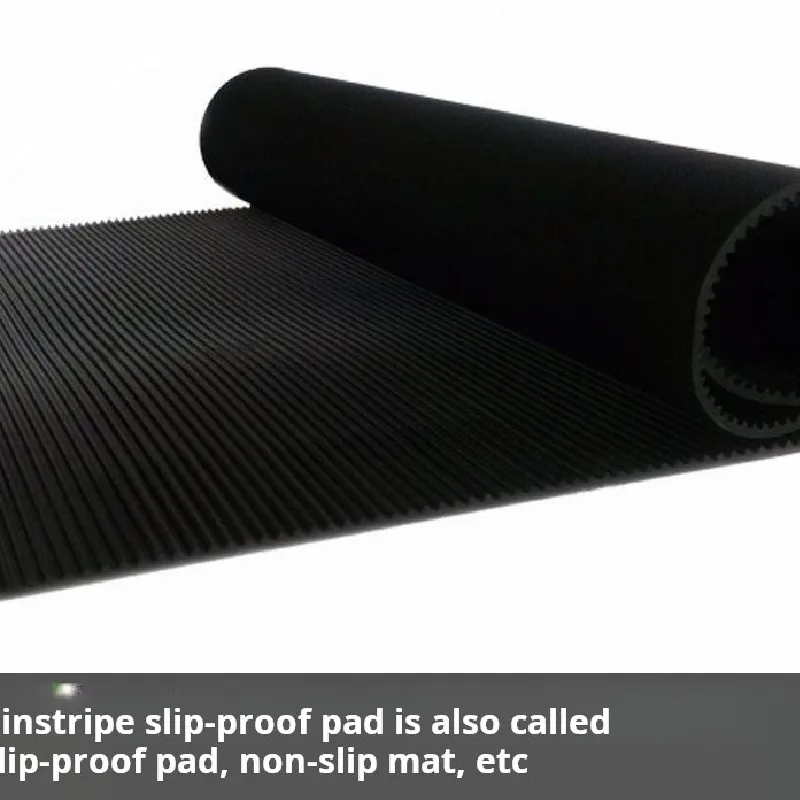seal gap under door
Closing the Seal Addressing the Gap Under Your Door
A common yet often overlooked aspect of home maintenance is the seal under our doors. While it may seem like a minor issue, the gap under your door can significantly impact your home's comfort, energy efficiency, and security. In this article, we will explore why sealing this gap is essential and how you can address it effectively.
The Importance of Sealing the Gap
The space under your door is a vulnerable point in your home. It serves as an entryway for unwanted elements such as dust, debris, and pests. Moreover, air can easily escape or enter through this gap, leading to higher energy costs as your heating and cooling systems work overtime to maintain a stable temperature. In fact, according to the U.S. Department of Energy, air leaks can account for 20% or more of a home’s energy loss.
Sealing the gap under your door not only improves energy efficiency but also enhances comfort within your living space. A well-sealed door prevents drafts, keeping your home warm during winter and cool during summer. This means your home remains cozy year-round, reducing the need for constant adjustments to your thermostat.
Additionally, sealing this gap can enhance the security of your home. A large opening can be an invitation for intruders or pests. By ensuring a tight seal, you add an extra layer of protection, keeping your home safe for you and your family.
How to Seal the Gap Under Your Door
seal gap under door

Fortunately, sealing the gap under your door is a manageable DIY project. Here are some effective methods to consider
1. Door Sweeps One of the most common solutions is to install a door sweep. This is a long strip of material, often made of rubber or plastic, that attaches to the bottom of your door. It effectively blocks any gaps, preventing drafts and pests from sneaking in. Door sweeps are easy to install and are available in various sizes to accommodate different types of doors.
2. Weatherstripping Another effective solution is weatherstripping, which can be applied to the frame of the door. Various types of weatherstripping materials are available, including foam tape, V-strip, and door gaskets. Choose a type that suits your door’s design and your specific needs. Weatherstripping not only seals the gap but also helps reduce noise from outside, further enhancing your home’s comfort.
3. Thresholds Installing or adjusting the door threshold—the strip of material at the bottom of the door frame—can also help seal the gap. A well-fitted threshold prevents drafts while providing additional security. If your current threshold is worn or damaged, consider replacing it for better insulation.
4. Draft Stoppers For a temporary and non-invasive solution, draft stoppers—often found in stores—can be placed at the base of the door. These fabric tubes are filled with insulating materials and can be easily removed when not in use. They are particularly useful in preventing drafts during extreme weather conditions.
Conclusion
Sealing the gap under your door is a small yet impactful home improvement project that can lead to significant benefits. By addressing this issue, you not only enhance your home’s energy efficiency and comfort but also increase security. With simple solutions like door sweeps, weatherstripping, thresholds, and draft stoppers, you can ensure your living space remains cozy, secure, and free from unwanted elements. Take some time to inspect the gaps in your home, and make the necessary adjustments to reap the rewards of a well-sealed door. Your home—and your wallet—will thank you.
-
Under Door Draught Stopper: Essential ProtectionNewsJul.31,2025
-
Garage Door Seal and Weatherstrips for ProtectionNewsJul.31,2025
-
Edge Banding Tape for Perfect EdgesNewsJul.31,2025
-
Table Corner Guards and Wall Corner ProtectorsNewsJul.31,2025
-
Stair Nose Edging Trim and Tile Stair SolutionsNewsJul.31,2025
-
Truck Bed Rubber Mats for Pickup BedsNewsJul.31,2025
-
Window Weather Stripping for Noise ReductionNewsJul.29,2025